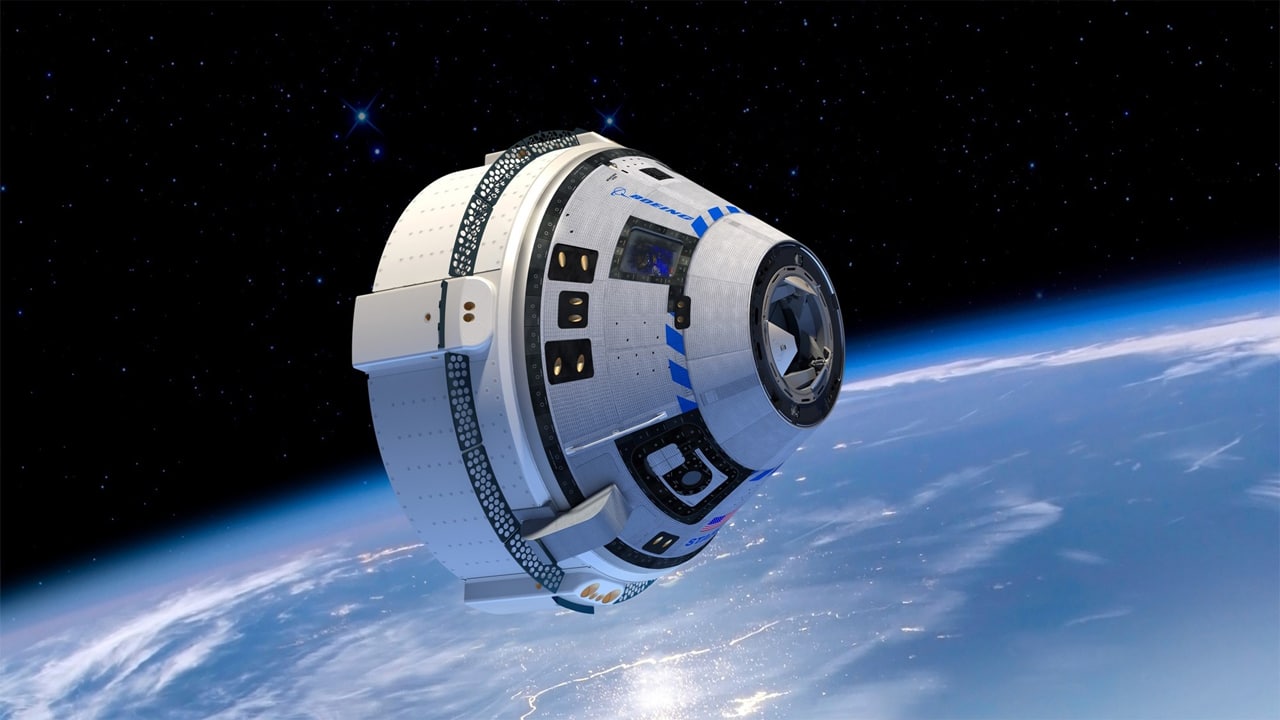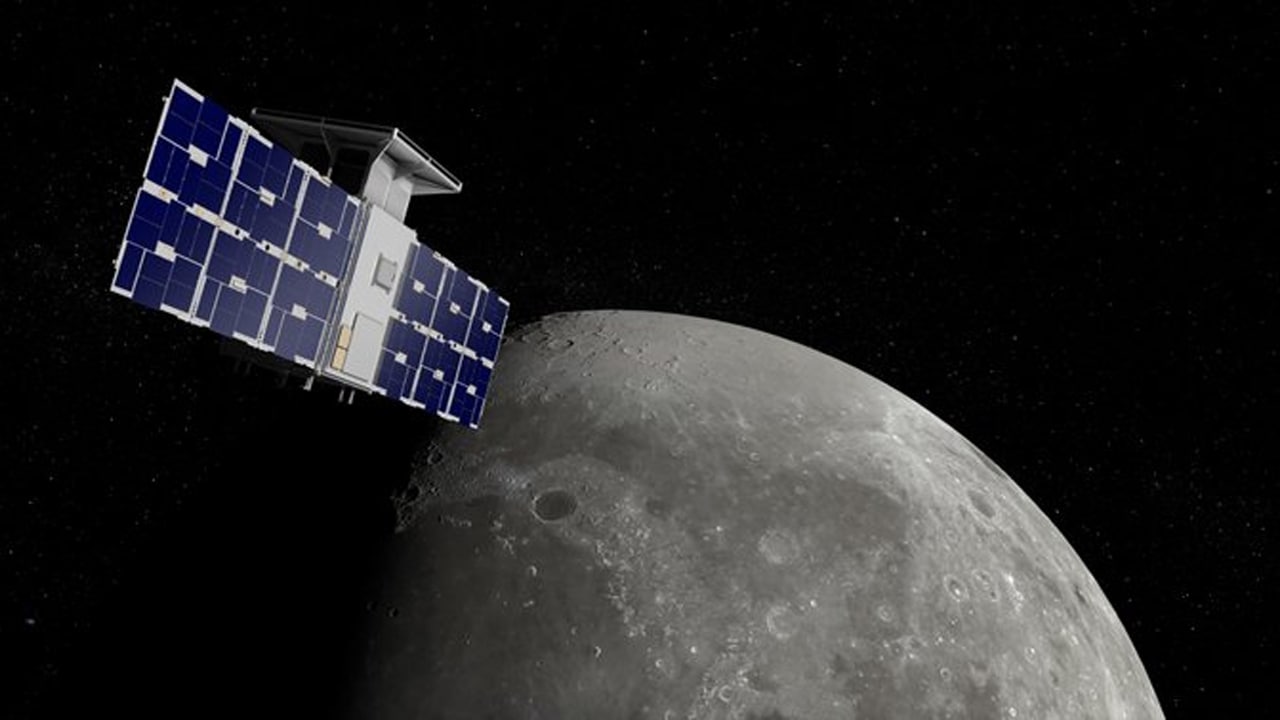NASA announced that it will launch a spacecraft to explore Venus in 2029. The probe is scheduled to fly by Venus several times and travel through the harsh atmosphere of Venus to reach the planet’s surface.
The atmosphere of Venus is very unfriendly to spacecraft, and the descent process is a hellish existence. The Venus exploration mission, named “Da Vinci” (DAVINCI), will explore the rare gases in the deep atmosphere of Venus, the specific chemical composition, and take pictures. It will be the first human spaceflight mission to explore Venus through flybys and landings.
JOIN US ON TELEGRAM
The “Da Vinci” mission is expected to explore all layers of Venus’ atmosphere and reach the surface of Venus in June 2031. Scientists have been eager to obtain Venus data since the early 1980s. If all goes well, the “Da Vinci” mission will be able to capture detailed detection data about Venus. Before that, only two NASA missions visited Venus, the “Pioneer” launched in 1978, and the early 1990s launch of the Magellan.
The da Vinci spacecraft is essentially a flight chemistry laboratory that measures Venus’ different atmospheric and climate compositions and takes the first overhead images of Venus’ highlands during its descent. Instruments on the da Vinci mission plan to map the surface of Venus and detect the distribution of Venus’ mountain-like highlands.
NASA scientists say these features, called “tesserae,” on Venus are similar to continents on Earth, suggesting that Venus may have plate tectonics.”The combination of chemical composition, environmental and descent imaging data will paint a picture of the Get a picture of the layers of Venus’ atmosphere and how it interacts with the surface of the Alpharegio Mountains, which are twice the size of Texas.”
 “These missions will allow us to assess the evolution of Venus’ atmosphere and detect special rock types such as granite on the surface of Venus while looking for landscape features that can tell us what erosion or other formation processes have created on the surface of Venus.”
“These missions will allow us to assess the evolution of Venus’ atmosphere and detect special rock types such as granite on the surface of Venus while looking for landscape features that can tell us what erosion or other formation processes have created on the surface of Venus.”
The da Vinci mission will also investigate whether Venus had an ocean in the past by measuring the composition of gas and water in the deepest part of Venus’ atmosphere. Venus may have been the first habitable world in our solar system, and scientists speculate that Venus previously had an ocean and climate similar to Earth, but something happened in the meantime that turned Venus into a planet hot enough to melt lead.
According to a 2019 study, Venus may have had a stable temperature for billions of years and liquid water before an event triggered dramatic climate change. The study’s author is Michael Way, a physical scientist at NASA’s Goddard Institute for Space Science who co-authored a 2016 study of Venus’ prehistoric climate and oceans.
Venus is now almost a dead star, with a toxic atmosphere 90 times thicker than Earth’s and a surface temperature of 462 degrees Celsius. As the da Vinci mission will fly by Venus multiple times, the spacecraft will use two instruments to study the atmosphere and map Venus’ highlands from orbit. The spacecraft will then release a descending probe carrying five instruments all the way to the surface of Venus.
The descent lasts about an hour, and the probe will use a heat shield to protect itself. When reaching an altitude of about 67 kilometers from the surface of Venus, the probe will discard the heat shield and sample and analyze atmospheric gases. The descending probe will also take hundreds of pictures after passing through 30,500 meters of high-altitude clouds on the surface of Venus.
Stephanie Getty, the deputy principal investigator at Goddard, said in a statement: “The probe will touch down in the Alpharegio Mountains, but it will no longer need to continue operations after landing, as all required scientific data will be The acquisition is done before reaching the surface of Venus.” “If we can land at 11 meters per second, ideally the probe could be on the surface of Venus for 17 to 18 minutes.”








